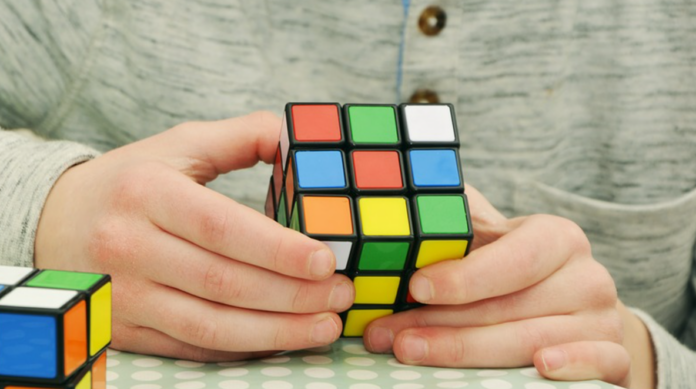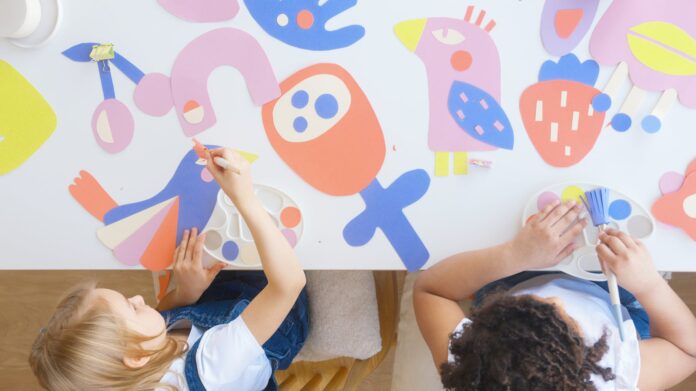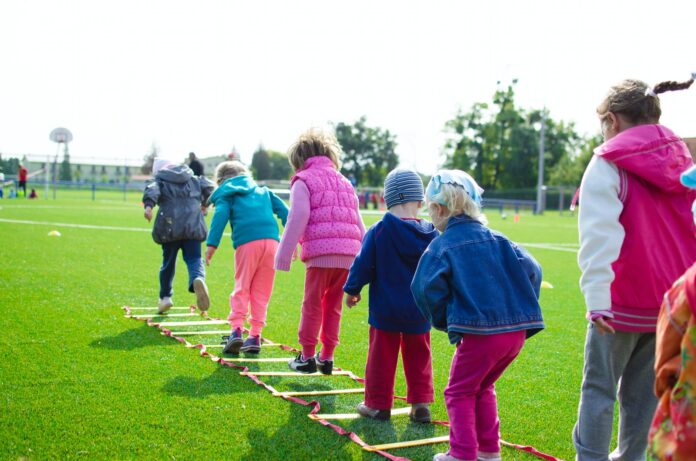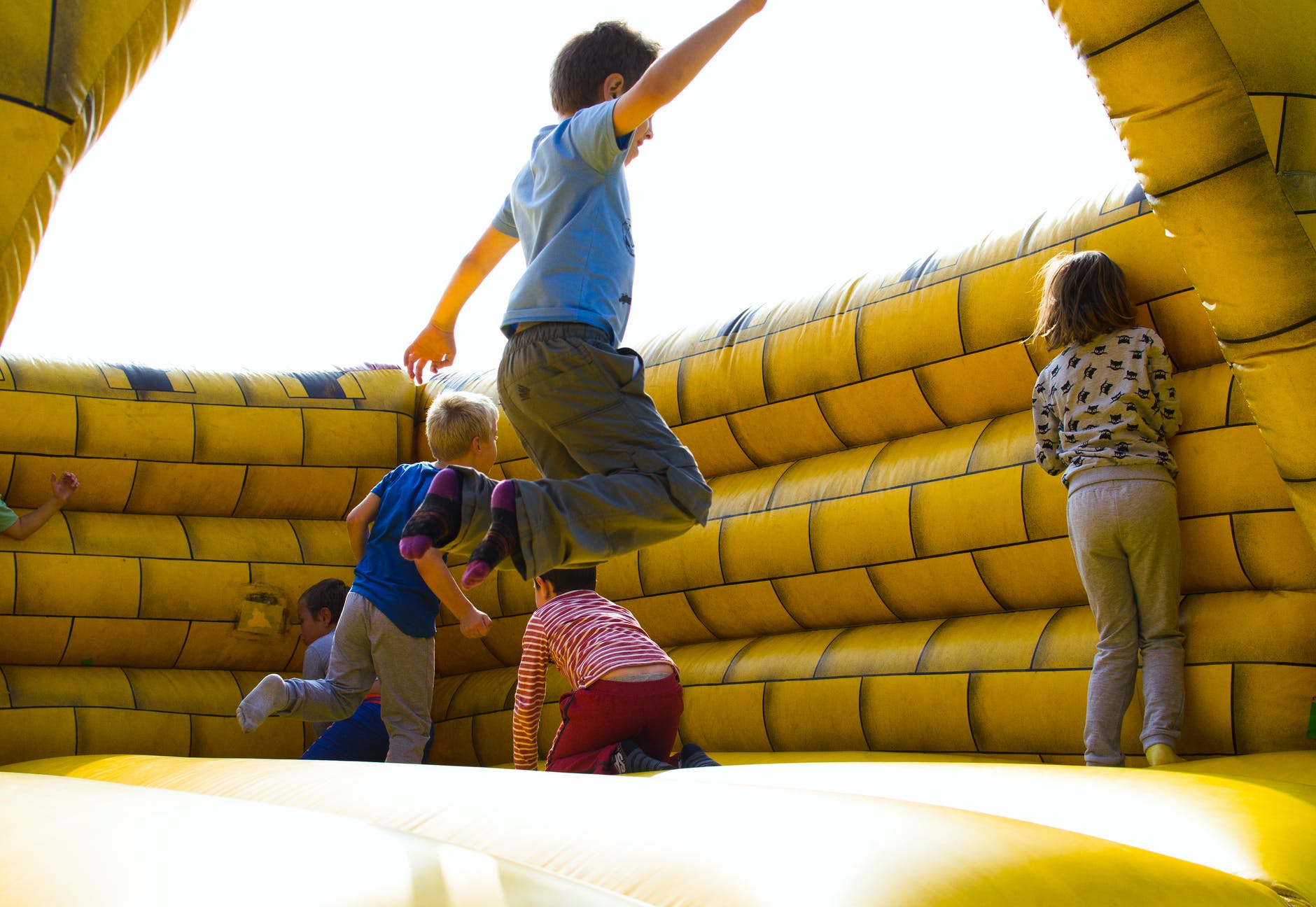There are different development rates for children’s gross and fine motor skills. Moreover, even though numerous activities exist to help younger children develop fine and gross motor skills, these activities are usually not designed for older children who may be challenged by these skills.
It is important to keep in mind that there are a number of learning and mental differences that may have an impact on motor skills. Many children have different ways of battling the issues of movement and coordination. In some cases, children may have difficulty learning small movements, for example, how to brush their teeth as well as how to grip a pencil.
However, other children on the other hand have trouble with more complex movements, such as learning how to kick a ball or ride a bike. All of these use different kinds of motor skills. Here you will find about some skills to improve your childern’s movement and coordination.
1. Playing games

Play dough and putty have been widely used to assist in the heavy work component of a sensory diet. In addition, they may help to develop a child’s fine motor skills. While playing dough, challenge your child to squeeze, stretch, pinch, and roll.” Allow your child to attempt to use scissors to cut the play dough.
Tactile play is a great way for kids to experiment and develop fine motor skills using good old favorite materials like modeling clay. In order to add more fun to this, you can first make the dough with your child prior to them playing with it. For another fine motor skills activity, use a new, clean sponge, some water, and two bowls. Add water to one bowl and keep the other empty. Have your child soak the sponge in the water and then squeeze the sponge into the other bowl. The game is a very easy one which can build strength in hands and forearms.
2. Creative activities

Try to motivate your child to learn how to paint and draw. Not only will this develop fine motor skills, but also their sense of creativity and imagination. You can try a variety of coloring styles and a different aids, such as crayons, chalk, finger paints, brush painting, or charcoal, to stimulate their curiosity and enhance your child’s hand-eye coordination. Using a paintbrush to paint increases children’s ability to hold a paintbrush and develop better control over things in their hands, with a brush and other objects such as pencils. Crafty Thinking takes an active role in working to improve the quality of life for every child.
3. Playground activities

Taking advantage of “unstable” playground equipment is also helpful in working on your child’s core muscles. There are things children will enjoy trying out such as rope ladders and wobble bridges. Playing on the swings is a traditional playground activity. This can enhance your child’s physical development in a variety of ways. They help maintain balance while teaching children to know where their body is located in space.
You don’t have to spend a fortune or buy costly toys in order to help your child improve his or her fine motor skills. The majority of children have the opportunity to practice and develop their fine motor skills simply by playing and completing regular daily activities.







